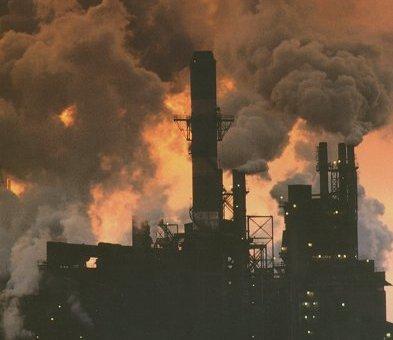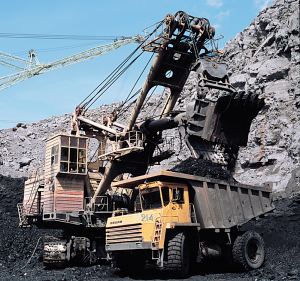
Burning of fossil fuels
is the main source
of Greenhouse gases
The mining and burning of coal contributes 40 per cent of the greenhouse gas emissions in Australia. http://www.abc.net.au/pm/content/2007/s1945505.htm

In the United States, more than 90% of greenhouse gas emissions come from the combustion of fossil fuels. In addition other air pollutants, such as nitrogen oxides, sulfur dioxide, VOCs, and heavy metals are produced. Combustion of fossil fuels generates sulfuric, carbonic, and nitric acids, which fall to Earth as acid rain, impacting both natural areas and the built environment. Monuments and sculptures made from Marble are particularly vulnerable, as the acids dissolve calcium carbonate.
Burning coal also generates large amounts of fly ash and bottom ash.
Fossil fuels also contain radioactive materials, mainly uranium and thorium, that are released into the atmosphere. In 2000, about 12,000 metric tons of radioactive thorium and 5,000 metric tons of uranium were released worldwide from burning coal. It is estimated that during 1982, US coal burning released 155 times as much radioactivity into the atmosphere as the Three Mile Island incident.
 Harvesting,
processing, and distributing fossil fuels can also create
environmental problems. Coal
mining
methods, particularly mountaintop removal and strip mining, have been
causes for concern.
Harvesting,
processing, and distributing fossil fuels can also create
environmental problems. Coal
mining
methods, particularly mountaintop removal and strip mining, have been
causes for concern.
While offshore oil drilling may create a
hazard for aquatic organisms. Oil refineries can pose threats to the
environment. Transportation of coal requires the use of
diesel-powered locomotives, while crude oil is typically transported
by tanker ships. Each of these requires the combustion of fossil
fuels.
Wikipeda.org
A1a_v1